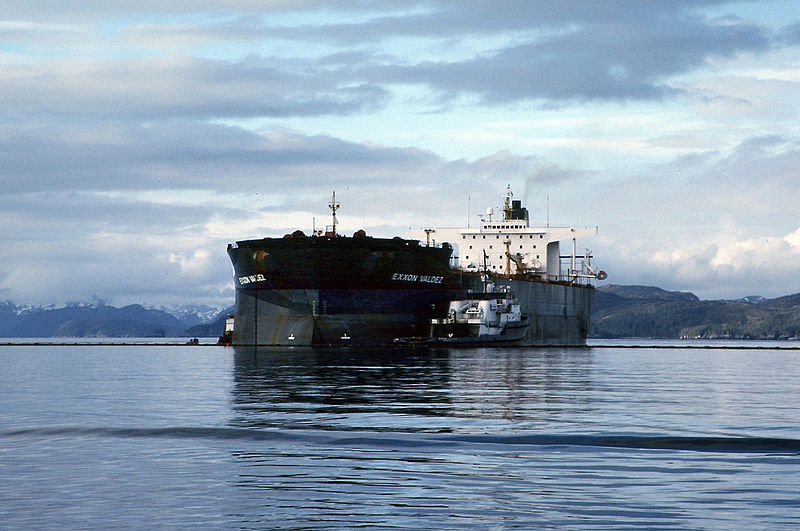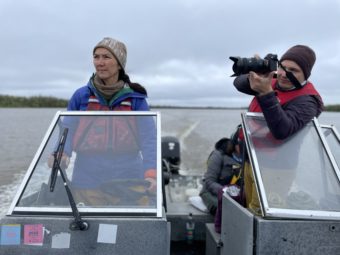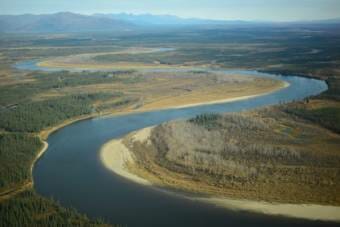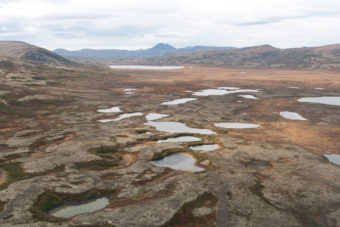
A federal judge ordered the U.S. Environmental Protection Agency to revise its regulations on oil dispersants, siding with Cook Inletkeeper and other plaintiffs that the current regulations don’t reflect updated research on how toxic those chemicals can be.
Cleanup crews used dispersants in large quantities after the 1989 Exxon-Valdez spill and 2010 BP Deepwater Horizon oil spill in the Gulf of Mexico, but they haven’t been used in U.S. waters in over a decade, according to the National Oceanic and Atmospheric Administration.
Cook Inletkeeper Advocacy Director Bob Shavelson said he’s never seen them used in Cook Inlet. But he said it’s important to make sure it stays that way.
“I think if you have a large oil spill, that’s one of the tools in the tool kit that would come out rather quickly,” he said.
Dispersants break oil down into smaller parts that mix with water, which gets slicks off the surface of the ocean during spills. But research has since shown dispersants to be more damaging to humans and marine species than previously thought.
Meanwhile, the EPA has not updated its regulations on oil dispersants since 1994. U.S. District Judge William Orrick said the EPA’s failure to update that part of its contingency plan in the face of updated science violates the Clean Water Act.
Shavelson said the ruling could be especially significant to communities in the Arctic.
“The concern is that as climate change ensues, as we see more of an ice-free Arctic, we’re going to see more shipping in areas that are dark and rough weather,” Shavelson said. “And it’s going to be very difficult to use traditional tools to clean up spills. So the oil companies and shipping companies are going to prefer to spray dispersants and just disperse it.”
The EPA will have to finalize its new regulations on dispersants by May 31, 2023, per the agency’s own suggestion. The judge asked the EPA to file status reports on the process every 180 days until it is published.



